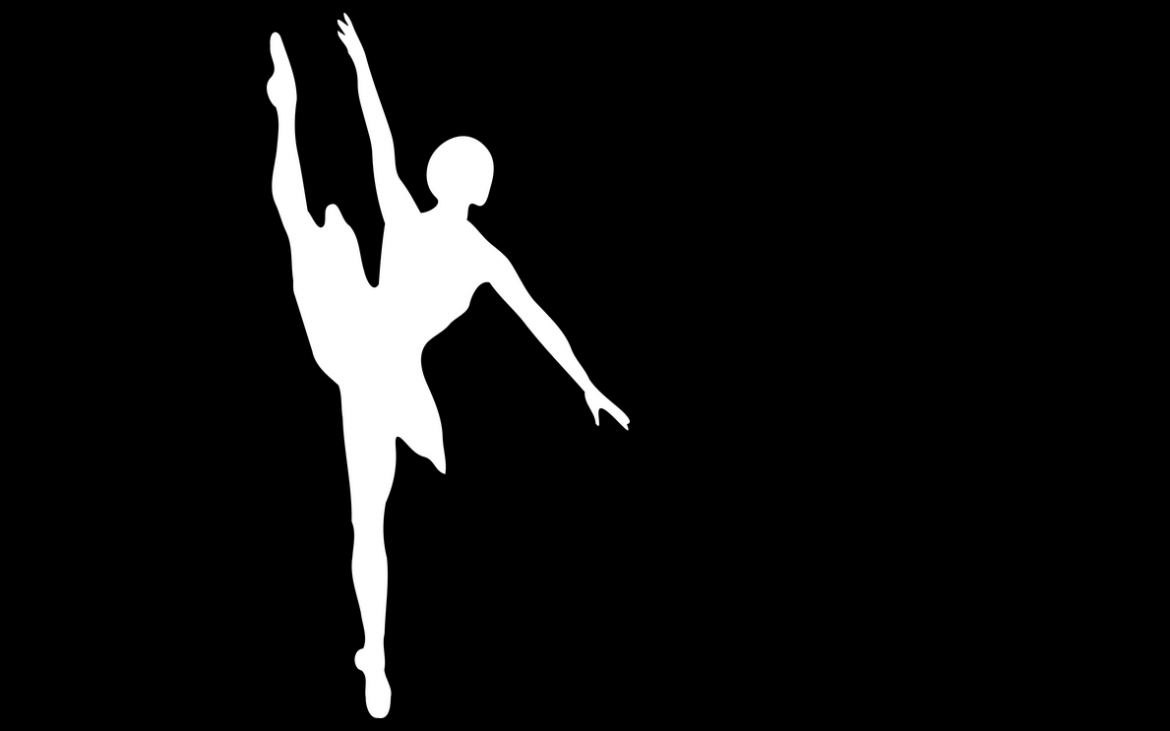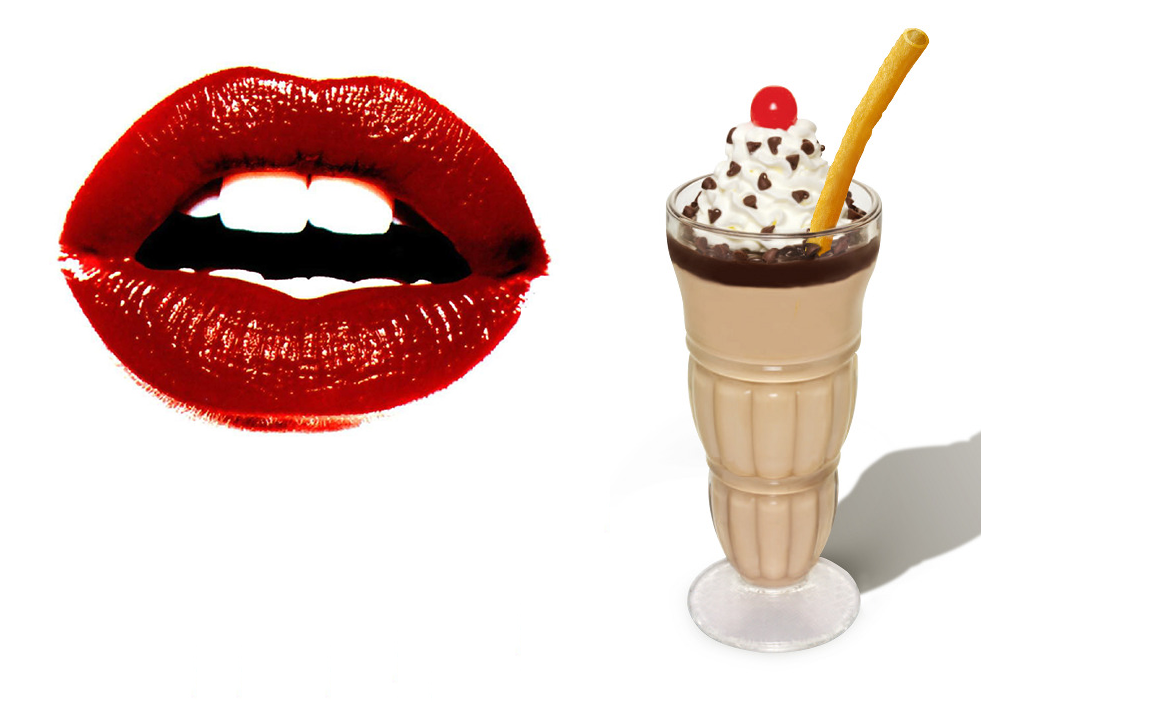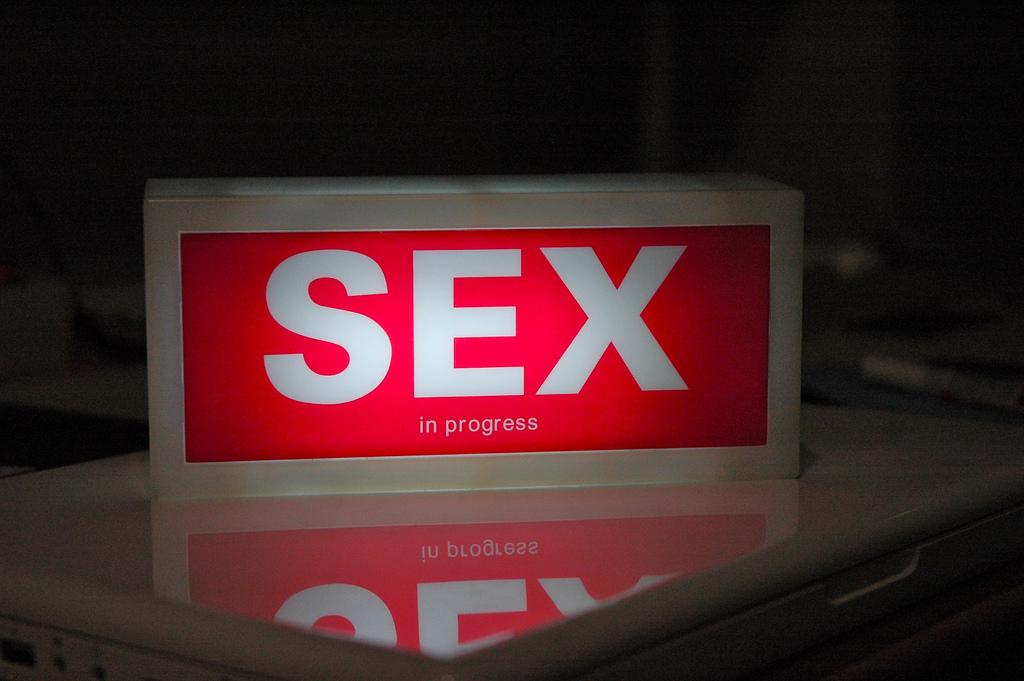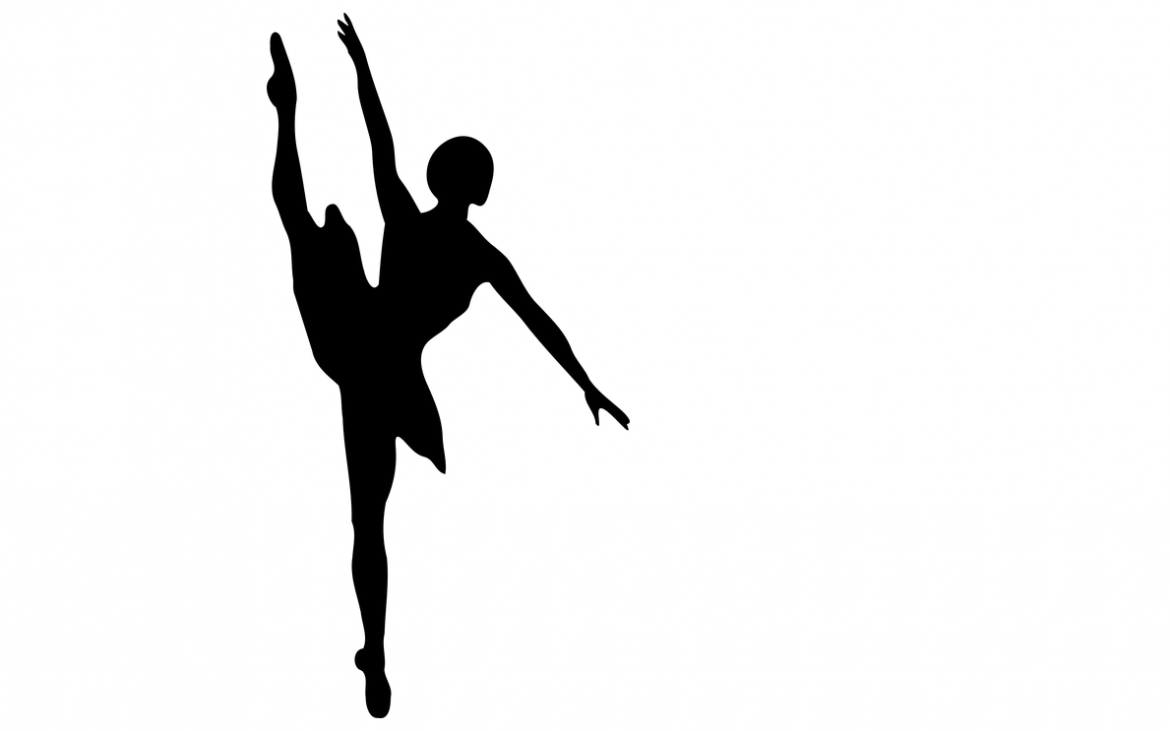Photo by Meira Gebel
Greetings!
The idea for this column came about quite spontaneously. One day, while in production, I asked our amazing Editor in Chief, Tami, to get me a coffee. When she came back, our fantastic photo editor, Martin, said, “Here’s the coffee for the copy editor!”
Connecting the dots, I thought it would be fun to do a column where I, the copy editor, would write short pieces about how to fix common grammatical errors, and call it “Coffee With The Copy Editor.”
So, let’s get the ball moving and start with some small stuff.
You’re & Your:
If YOU’RE like me, you know YOUR way around using these two words correctly. This is one of the more common errors one would see on social media or anywhere in writing, because both words spoken out loud sound exactly the same.
Your: Your is a possessive pronoun. This means that when you use “your” you are referring to the idea of ownership.
Here are a few examples:
- “I need new shoes. Where did you get yours?”
- “What grade did you get on your final?”
- “This is not yours, this is mine.”
- “How did you break your leg?”
You’re: This is a contraction. A contraction is an abbreviated form of two separate words, and in this case, the two words are “you” and “are,” which is commonly followed by a present participle. A present participle is a verb often ending in “-ing”.
Here are a few examples:
- “You’re late, so now you’re fired.”
- “You’re going to SF State to study journalism? That’s super cool! You’re so lucky!”
- “You’re a beautiful tropical fish.”
So here’s a quick quiz! Which sentence is the correct use of the word “your”
A. Your the best friend I’ve ever had!
B. Your dog is the cutest dog in the world.
Did you pick B? Yay! You passed! “Your dog is the cutest dog in the world” refers to the idea of ownership. It’s YOUR dog that is the cutest, not anyone else’s!
A good practice in remembering the difference between these two words is to always sound it out before writing. This way you will be able to determine whether or not you will be using a possessive pronoun, like your, or a contraction, like you’re.
That & Which:
It is one of my biggest pet peeves when people don’t use these words correctly. Both words are pronouns, meaning that they can function as a noun when referring to the subject (the noun) of the sentence. When using that and which it is important to remember to only use them when referring to animals without a name and inanimate objects.
The difference between these two words is that one is used for an essential clause and the other is used in a non-essential clause. What is the difference between those? We’re about to find out.
That: That is an essential clause, meaning when you use this word as a pronoun it is essential to the rest of your sentence. In a sentence, that is used without a comma.
Here are some examples:
1. “The horse that has the scar on its nose is my favorite.”
2. “I asked you to remember that I am allergic to peanut butter.”
3. “The books that are autographed are mine.”
Above in the examples, you can see that we are including the clause in our sentence, making the essential clause (the information after “that”) vital to the integrity of the entire sentence. Without the essential clause, the reader would not know what the writer was referring to. Take #1 for example: “The horse that has the scar is my favorite.” Without “that has the scar”, the reader or whoever the subject is talking to would not know what horse the subject is talking about. By including “that has the scar” identifies what particular horse, making it essential to the sentence.
Which: Which is a non-essential clause. Which is generally always surrounded by commas in order to differentiate the essential clauses from the non-essential clause. Use which when referring to pronouns that are less necessary.
Here are some examples:
1. “The clothes, which are dirty, are laying on the floor.”
2. “The house, which is being renovated, once belonged to Madonna.”
Above, we can see that the information that was added by “which” does not affect the outcome of the sentence.
A tip to help you note the difference between these two words is to first decide what is the relevant information to add in the sentence. Is it essential, or can it be surrounded in commas in the effort to just add to the outcome? Nine times out of 10 it doesn’t really matter what word you choose to use, but you may end up getting a professor, or boss, who deeply cares about the different usages of these seemingly similar words, so it’s important to note the difference.
I hope that this was enlightening! Stay tuned for more glamor-filled grammar lessons in the future!








